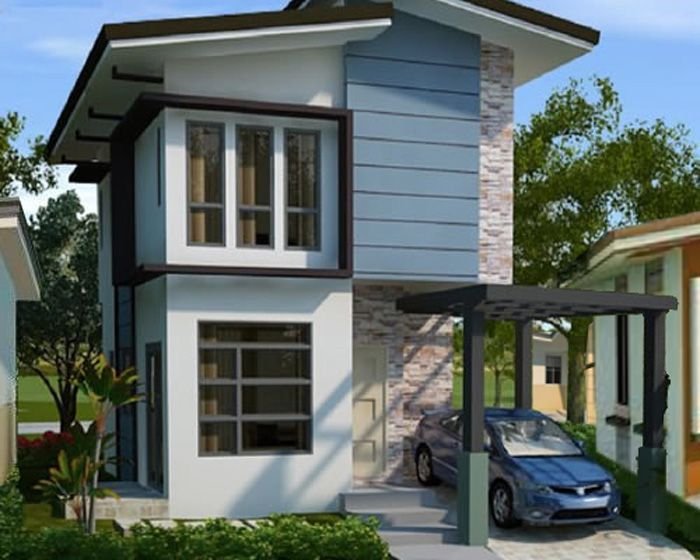WebStamp April 18, 2018
Redefining Tiny Homes
The definition of a tiny house, according to Wikipedia, is a house of less than 93 m² (1,000 ft²). Many come to the assumption of tiny as houses of up to 37 m² (400 ft²) and would use the term small for houses larger than 37 m² and not exceeding 93 m². The majority of tiny houses with the current tiny house movement are basically small trailerable units so they can easily be placed for living in without too many restrictions classified as an RV. Most jurisdictions do not allow for permanent dwellings with foundations under 56 m² (600 ft²) to be built, restricting many of the smaller permanent tiny houses to be built, especially in an urban environment.
Many in Calgary are living tiny already in homes less than 93 m² in tiny/small houses, condos, apartments, bachelor pads and mobile homes. A friend who commented on tiny houses saying he couldn’t live in a tiny house, especially having to crawl up a ladder to a low loft to sleep in was surprised when I told him he was already living tiny in his 46 m² (495 ft²) 2-bedroom duplex unit. He actually has 92 m² because his 2 bedrooms are in the semi-basement which still preserves his tiny home status.
The tiny house movement is not just about living in eco-friendly tiny trailerable units but more about simplifying your lifestyle, reducing unnecessary baggage and leaving more time and resources to enjoy life with. Going tiny doesn’t mean you have to wedge yourself into cramped quarters. The goal is to live and enjoy life without having too many burdens holding you down from achieving Hygee. Eliminate all your excess baggage by getting rid of all the items that you will never use, can do without, and barely use.
Having your books, pictures, videos converted to digital eliminates additional needed space or storage. Experiment to see how small you are comfortable with. Take the desired living area and add the minimum elements you would feel comfortable with. For example, take your bedroom and cordon off your minimum requirements. How small can you tolerate for changing in, and how much room is needed for the bed. Also, reduce your clothes in your closet(s) and drawers to only to that around 20% you actually use consistently. This can help determine what size your closet needs to be without having the requirement of additional storage furniture.
Look around and see what really is needed in your everyday living. In most houses today, there is a living room, den, family room, computer room, and entertainment area. Downsizing these rooms into one or two multi-function rooms would be a big step to reducing home size. We could combine the dining and breakfast rooms into one eating area that even includes a bar. Making smaller bathrooms and only having one sink is all that is needed; remember, our ancestors used outhouses. Get creative with smaller bedrooms with the sleeping area, using a small dressing area, and a fair-sized closet. We could even bunk the beds with each bed exiting into a different room.
Going tiny means eliminating all the excess space that is not needed. Once you have determined how small a space you can live in comfortably, then you find the right place to downsize to whether it is 18 m² or 74 m². There may be many motives one is interested in living tiny/small. We see people going tiny for many reasons; financial, reduced stress and unnecessary baggage, more time and resources to enjoy living, and improved eco-sustainability are but a few reasons.
Most can Join the M.A.D. Tiny/Small House Movement and Make A Difference in improving their lifestyles simply by dropping their excess belongings and eliminating the space that is never or rarely used. Go tiny/small, as long as you are living comfortably.
Share This Article

Articles in this Issue
Improving the Local Economy
by Connecting Calgarians
With their Communities
Join the M.A.D. Movement
Let us continue the Three Things for Calgary that our Mayor Nenshi started last year in Canada's Sesquicentennial. Calgarians can continue to Make A Difference by simply making a M.A.D. Move by doing anything, no matter how small, that has a beneficial outcome.



